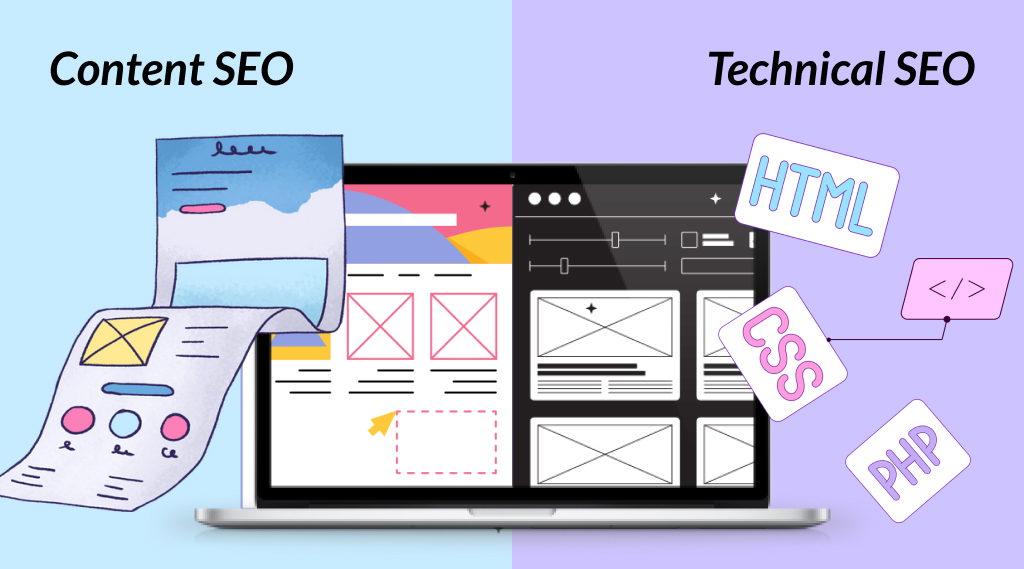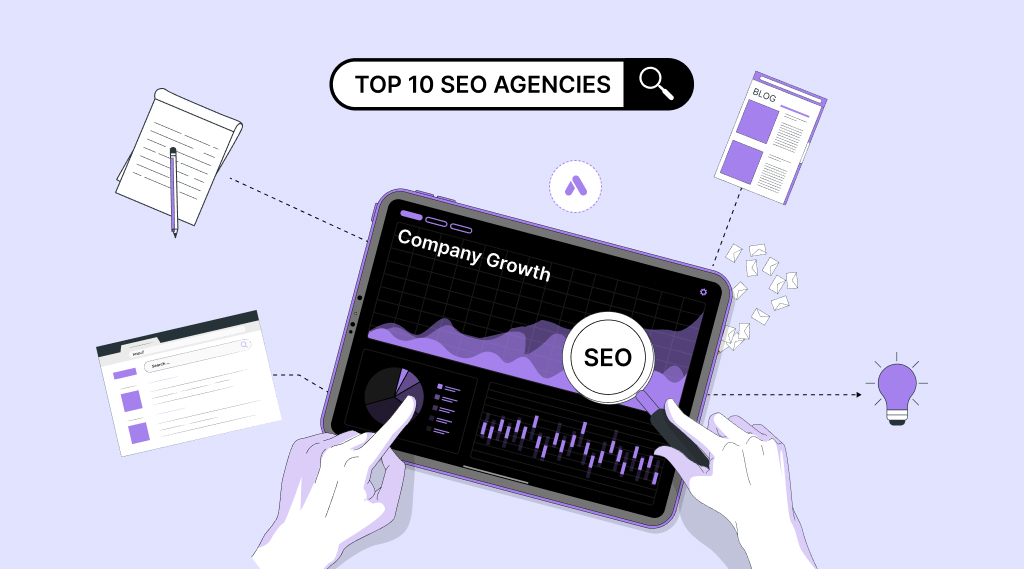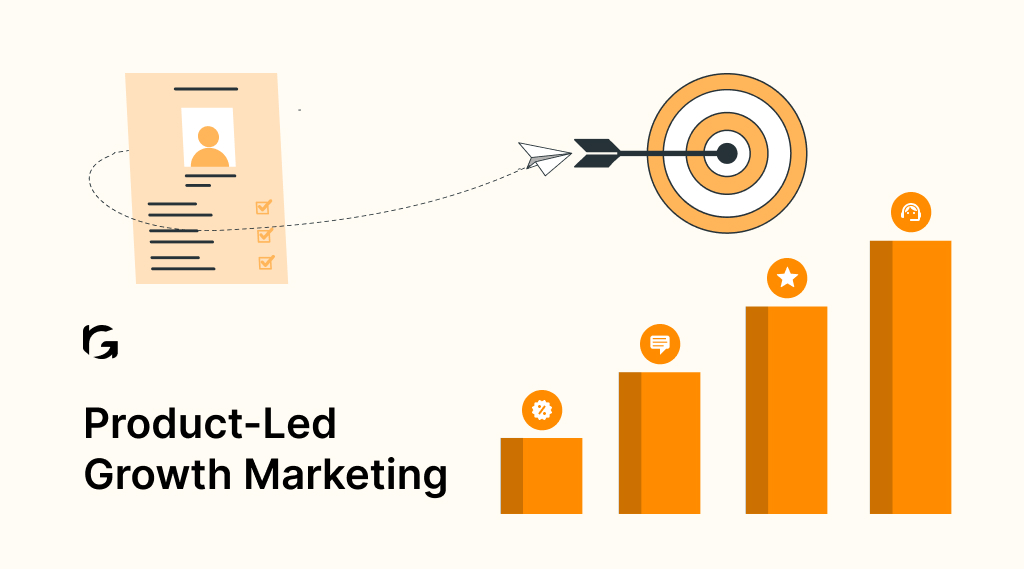Introduction
Imagine your B2B SaaS company has a fantastic product, but potential customers can’t find it when they search online. Frustrating, right? That’s where SEO comes in!
In SEO, two important parts help your website improve in Google: Content SEO and Technical SEO. They might sound tricky, but don’t worry; we’re here to simplify everything.
Imagine Content SEO as the words and stories on your website that people love to read. It’s all about making those words friendly for search engines like Google. And then, we have Technical SEO, that makes your website strong and fast functioning from the rear.
Today, we’ll take a simple, easy-to-understand journey to learn about the differences between Content SEO and Technical SEO. Our focus is on “Content SEO vs. Technical SEO.” By the end, you’ll know how to make Google love your website, and you might even see it at the top of the search results!
What is SEO?
SEO, or Search Engine Optimization, improves a website’s visibility on search engines like Google.
It involves selecting the right keywords, optimizing on-page content, building a website’s authority with high-quality backlinks, addressing technical aspects for better performance, and ensuring a great user experience.
The ultimate goal is to have the website appear at the top of search results for relevant keywords, leading to increased organic traffic and visibility. SEO is an ongoing effort to adapt to changing search engine algorithms and outperform competitors.
What is content SEO?
The core objective of content SEO is to create and optimize material that will interest and educate your target audience. Its objective is to raise the rating of your website and increase traffic to it.
Higher-ranking material will appear before lower-quality, original information that is pertinent to keyword queries and search intent. This is the reason why it’s essential to do in-depth topic research.
Here are some key aspects of SEO for content:
1. Keyword Research: Content SEO starts with thorough keyword research to identify the specific words and phrases that people use when searching for information related to the content. Selecting the right keywords is essential for ranking well.
2. Content Optimization: This involves incorporating the chosen keywords naturally within the content, including in titles, headings, and throughout the text. It’s important to balance keyword optimization and readability to create engaging and informative content.
3. User Intent: Understanding user intent is crucial. Content should match what users seek, whether informational, transactional, or navigational. Meeting user intent can improve rankings and user satisfaction.
4. High-Quality Content: Content should be well-researched, well-written, and provide value to readers. Engaging and valuable content is more likely to attract backlinks, social shares, and positive user interactions, which can boost SEO.
5. Content Freshness: Search engines often favor fresh content. Regularly updating and adding new content to your website can help improve its visibility and ranking.
6. Internal Linking: Linking relevant content within your website can improve the user experience and help search engines understand the structure and importance of your content.
7. Optimized Media: Images and other media used in content should be optimized for user experience and search engines. This includes using descriptive alt text and appropriate file names.
8. Mobile Friendliness: With the increase in mobile search, content must be mobile-friendly to provide a good experience for users on various devices.
Benefits Of content SEO
Here are the benefits of Content SEO:
1. Improved Visibility:
- Focus on optimizing content for relevant keywords.
- Enhance chances of appearing at the top of SERPs.
- Facilitate easier discovery for users searching for your website.
2. Increased Organic Traffic:
- Emphasize the impact of higher search result rankings.
- Attract non-paid traffic by ranking on the first page.
- Highlight user tendencies to click on top search results.
3. Enhanced User Experience:
- Stress the importance of well-structured, readable content.
- Connect SEO optimization with prolonged user time on site.
- Mention reduced bounce rates and improved engagement.
4. Relevance to User Intent:
- Align content with the intent of search engine users.
- Explain that satisfying user searches leads to better rankings.
- Connect relevance to increased visitor satisfaction.
5. Increased Credibility and Trust:
- Illustrate how optimized content showcases expertise.
- Emphasize the link between credibility and trust.
- Highlight the positive outcomes like more backlinks and a better online reputation.
6. Better Conversion Rates:
- Relate informative content to guiding users in decision-making.
- Connect valuable content with higher conversion rates.
- Specify the range of goals like selling products, generating leads, or promoting services.
7. Competitive Advantage:
- Position content SEO as a tool for staying ahead of competitors.
- Link consistent production of optimized content to outranking competitors.
- Establish the connection between SEO and becoming an authority in the niche.
8. Long-Term Results:
- Emphasize the enduring benefits of well-optimized content.
- Contrast with short-term marketing tactics to highlight longevity.
- Connect lasting value with continuous traffic and benefits.
9. Measurable Results:
- Stress the ability to track content performance with analytics tools.
- Highlight the role of data-driven decisions in improving strategy.
- Connect analytics to achieve better overall results.
10. Cost-Effective Marketing:
- Emphasize the one-time cost of creating and optimizing content.
- Highlight the ongoing attraction of organic traffic without additional costs.
- Contrast with the continuous expenses associated with paid advertising.
What is technical SEO?
The term “technical SEO” describes all the methods you can apply to make your website faster, more user-friendly, crawlable, and indexable for search engines.
Search engines track links on websites and continuously crawl them to find content. They keep track of the content, links, and keywords of the pages they locate and index them. The pages that are most pertinent to a user’s inquiry will appear in the search results when they type in a term.
Technical SEO, as opposed to content SEO, mostly refers to code-based strategies that need to be tested and improved by a web developer. The ultimate aim of content SEO is the same, but you don’t need to know how to code to create content that is optimized for search engines.
Here are the key components of Technical SEO:
1. Site Speed:
- Optimize loading speed for improved user experience and search engine preference.
- Strategies: Image compression, CDNs, and minimizing code and script files.
2. Mobile-Friendliness:
- Ensure website responsiveness for enhanced user experience and SEO rankings.
- Adapt to the increasing use of mobile devices for web browsing.
3. Site Architecture:
- Establish proper website structure organization.
- Utilize user-friendly URLs, XML sitemaps, and maintain clear page hierarchy.
4. Indexing and Crawlability:
- Enable easy crawling and indexing for search engine bots.
- Implement robots.txt files and manage canonical tags to prevent duplicate content.
5. Security (SSL/HTTPS):
- Implement SSL/HTTPS security protocols for user trust and search engine ranking.
- Provide a secure browsing experience for visitors.
6. Structured Data Markup:
- Use structured data markup (e.g., Schema.org) for better content comprehension by search engines.
- Enhance search results with rich snippets, improving click-through rates.
7. Website Errors and Broken Links:
- Identify and resolve issues like broken links and 404 errors.
- Mitigate problems that can negatively impact user experience and SEO.
8. Site Performance Metrics:
- Measure and optimize site performance metrics (e.g., TTFB).
- Enhance overall user experience and improve search engine rankings.
9. International SEO:
- Optimize for international users on websites with a global audience.
- Implement tags and manage content for different languages and regions.
10. Accessibility and User Experience:
- Enhance website accessibility for users with disabilities.
- Strive for a positive overall user experience through Technical SEO efforts.
Benefits Of technical SEO
Below are the benefits of Technical SEO:
1. Improved Website Performance: Technical SEO optimizations, such as faster loading times, can improve overall website performance. This can result in reduced bounce rates and increased user engagement.
2. Higher Search Engine Rankings: When a website is technically sound, it is more likely to rank higher in search engine results. Factors like site speed, mobile-friendliness, and proper indexing positively influence rankings.
3. Enhanced User Experience: A technically optimized website provides a better user experience, faster loading pages, and mobile responsiveness. This can lead to longer time spent on the site and more satisfied visitors.
4. Increased Crawl Efficiency: Technical SEO ensures that search engine bots can efficiently crawl and index a website. This helps search engines understand the site’s content and structure, which can positively impact rankings.
5. Security and Trust: Implementing SSL/HTTPS and other security measures boosts search engine rankings and builds trust with users, making them more likely to interact with your website.
6. Structured Data Benefits: Structured data markup enhances how search engines display your content in search results, potentially leading to higher click-through rates and increased visibility.
7. Reduced Error Rates: Technical SEO identifies and fixes website errors, such as broken links and 404 errors, which can negatively impact user experience. Reducing these errors leads to smoother site navigation.
8. Global Reach: For websites targeting an international audience, Technical SEO helps optimize for different regions and languages, improving visitors’ experience worldwide.
9. Adaptation to Algorithm Changes: Keeping your website technically optimized means it’s better equipped to adapt to changes in search engine algorithms. This helps maintain or improve rankings in the face of updates.
10. Long-Term Sustainability: Technical SEO investments have a lasting impact on website performance. Optimizations in this regard often lead to long-term sustainability and effectiveness in attracting organic traffic.
6 Major differences between content SEO and technical SEO
Let’s simplify the distinctions between content SEO and technical SEO into six key points:
| Basis of Distinction | Content SEO | Technical SEO |
| 1. Focus | Prioritizes user satisfaction by delivering top-notch, relevant content. | Tackles the behind-the-scenes website structure, making it easy for search engines to navigate |
| 2. Role in Search Engine Visibility: | Ensures your content is like a high-end hotel, offering quality | Acts as the navigator, making sure your website is easily found by building pathways and optimizing functionalities. |
| 3. Google Ranking Factors: | Influences trust, engagement, and quality, covering a significant chunk of Google’s ranking factors. | Deals with mobile-friendliness, page speed, and security, contributing to about a third of ranking factors. |
| 4. Link Building: | Leads in link building, strategically using internal links for authority and credibility. | Indirectly supports link building by enhancing user engagement and online visibility. |
| 5. Keyword Optimization: | Places keywords strategically in titles, descriptions, and content for search engine understanding. | Ensures overall site optimization, indirectly aiding search engines in grasping keywords. |
| 6. Performance Metrics | Tracks content performance, user engagement, and keywords. | Monitors technical aspects like page load times and errors affecting overall site performance. |
Is technical SEO off-page SEO?
No, Technical SEO is not the same as Off-Page SEO; they are two distinct aspects of search engine optimization.
Here’s the difference:
Technical SEO: Technical SEO focuses on optimizing a website’s technical and structural elements to improve its performance and accessibility to search engines.
It deals with site speed, mobile-friendliness, architecture, indexing, security (SSL/HTTPS), structured data markup, and website errors. Technical SEO primarily addresses on-site or on-page elements, ensuring the website is technically sound and search engine-friendly.
Off-Page SEO: On the other hand, Off-Page SEO involves optimizing elements outside of your website to improve its online authority and reputation.
Off-page SEO strategies include building high-quality backlinks from reputable websites, engaging in social media marketing, influencer outreach, and managing online reviews and mentions. It deals with external factors that influence a website’s credibility and popularity in the eyes of search engines.
How do content SEO and technical SEO go hand in hand?
Content SEO and Technical SEO are two essential pillars of a successful search engine optimization strategy, and they work hand in hand to improve a website’s performance in search engine rankings. Here’s how they complement each other:
1. Keyword optimization:
- Content SEO optimizes content with keywords for user intent.
- Technical SEO ensures effective crawling and understanding by search engines.
2. Content quality:
- Content SEO focuses on high-quality, valuable content creation.
- Technical SEO ensures fast loading, mobile-friendliness, and a great user experience.
3. User intent:
- Content SEO targets user intent with satisfying content.
- Technical SEO, with structured data and mobile-friendliness, aligns content for better interpretation.
4. Internal linking:
- Content SEO links to related pages within the website.
- Technical SEO helps search engines understand internal link structures for improved rankings.
5. Indexing and crawlability:
- Technical SEO enables efficient crawling and indexing.
- Content SEO benefits as search engines discover and evaluate efforts.
6. User experience:
- Content SEO creates engaging content.
- Technical SEO ensures a smooth user experience with site speed and mobile-friendliness.
7. Structured data markup:
- Content SEO aims to make content stand out.
- Technical SEO uses structured data for enhanced search result appearances.
8. Security:
- Technical SEO (SSL/HTTPS) enhances user trust.
- It indirectly impacts content visibility as secure websites are favored by search engines.
Wrap Up
If you want your site to rank well, content and technical SEO are equally important. While individuals with fundamental authoring and research abilities may execute a sound content SEO plan and reap the rewards, technical competence is required to conduct a technical SEO approach.
Collaborating with the right talent:
To put your technical SEO plan into action, you will need to hire an SEO strategist and a web developer. If you wish to focus on content SEO, you’ll need a writer, editor, SEO strategist, and graphic designer to carry out your approach. You may also consider using a campaign manager to promote your content and make the most of your investment.
Optimize Your SEO Strategy Today! Find the ideal balance for higher rankings. Get in touch with us






